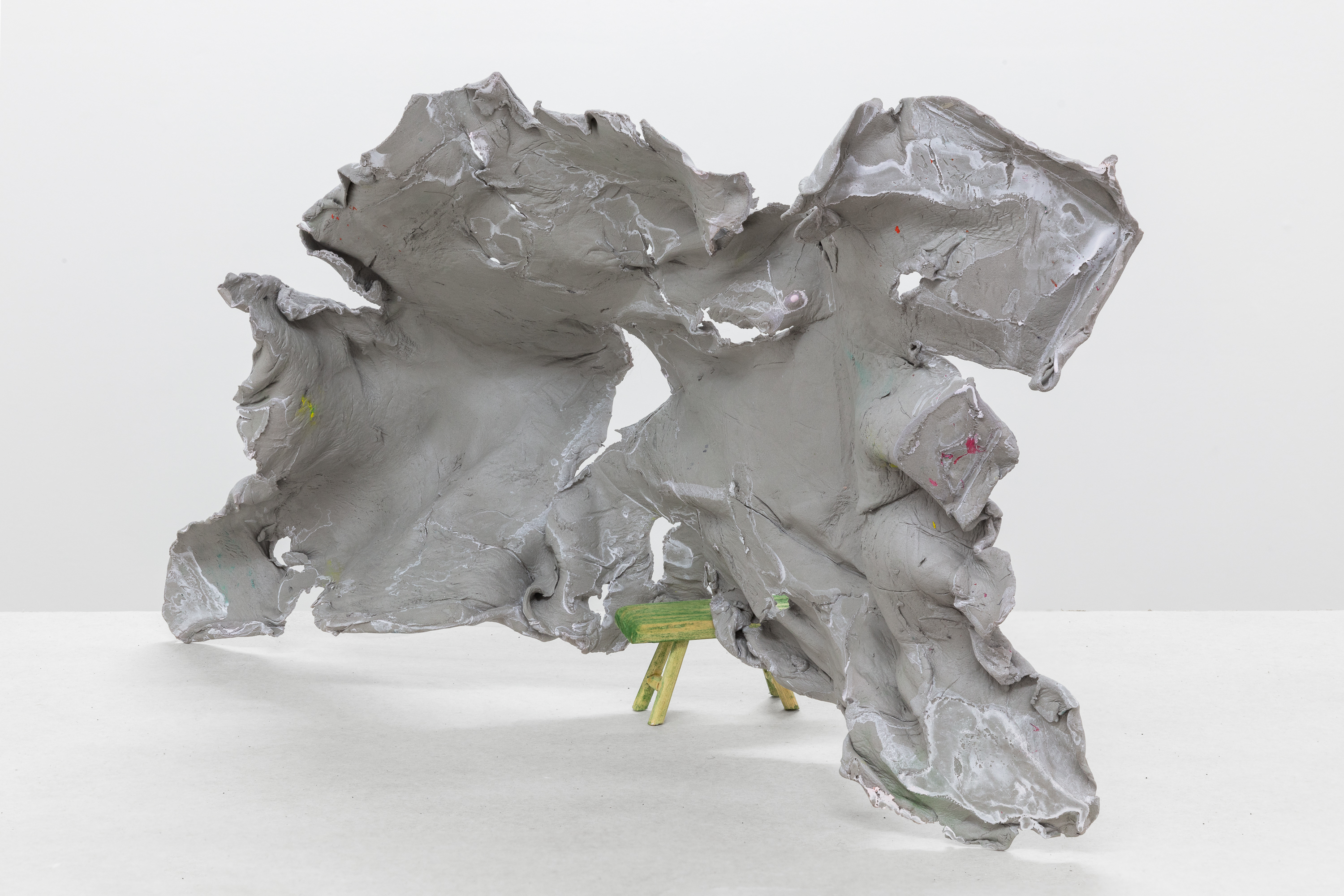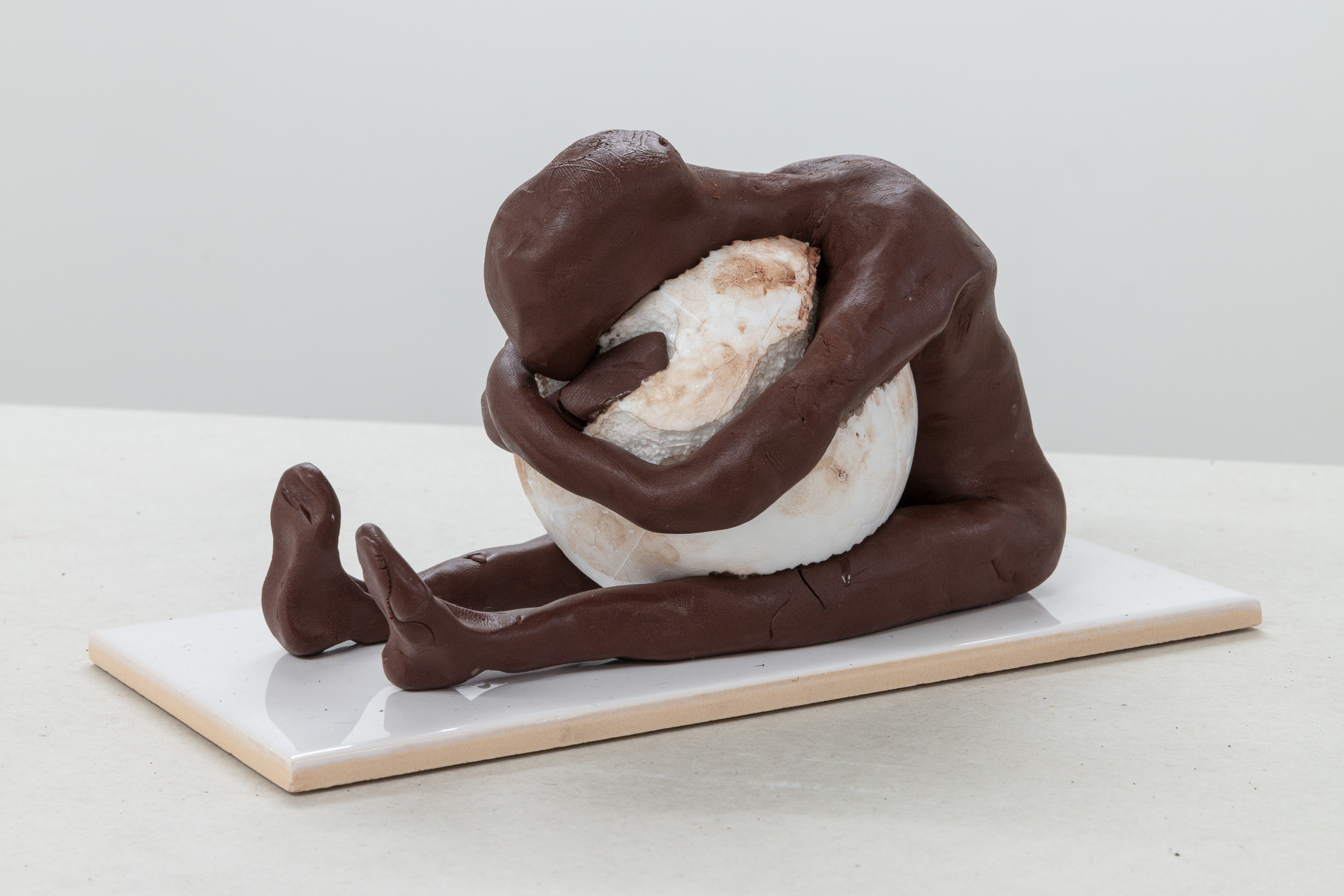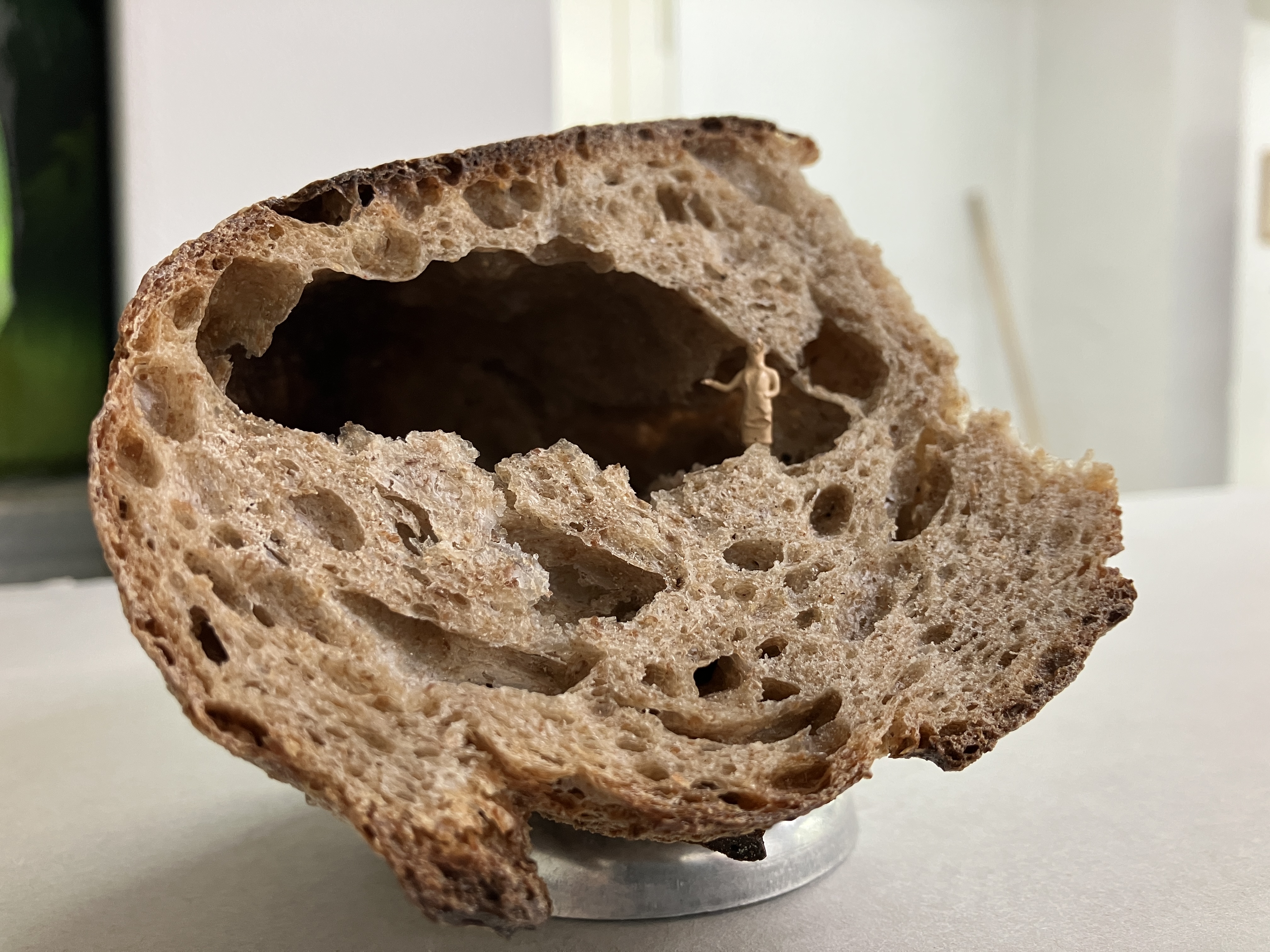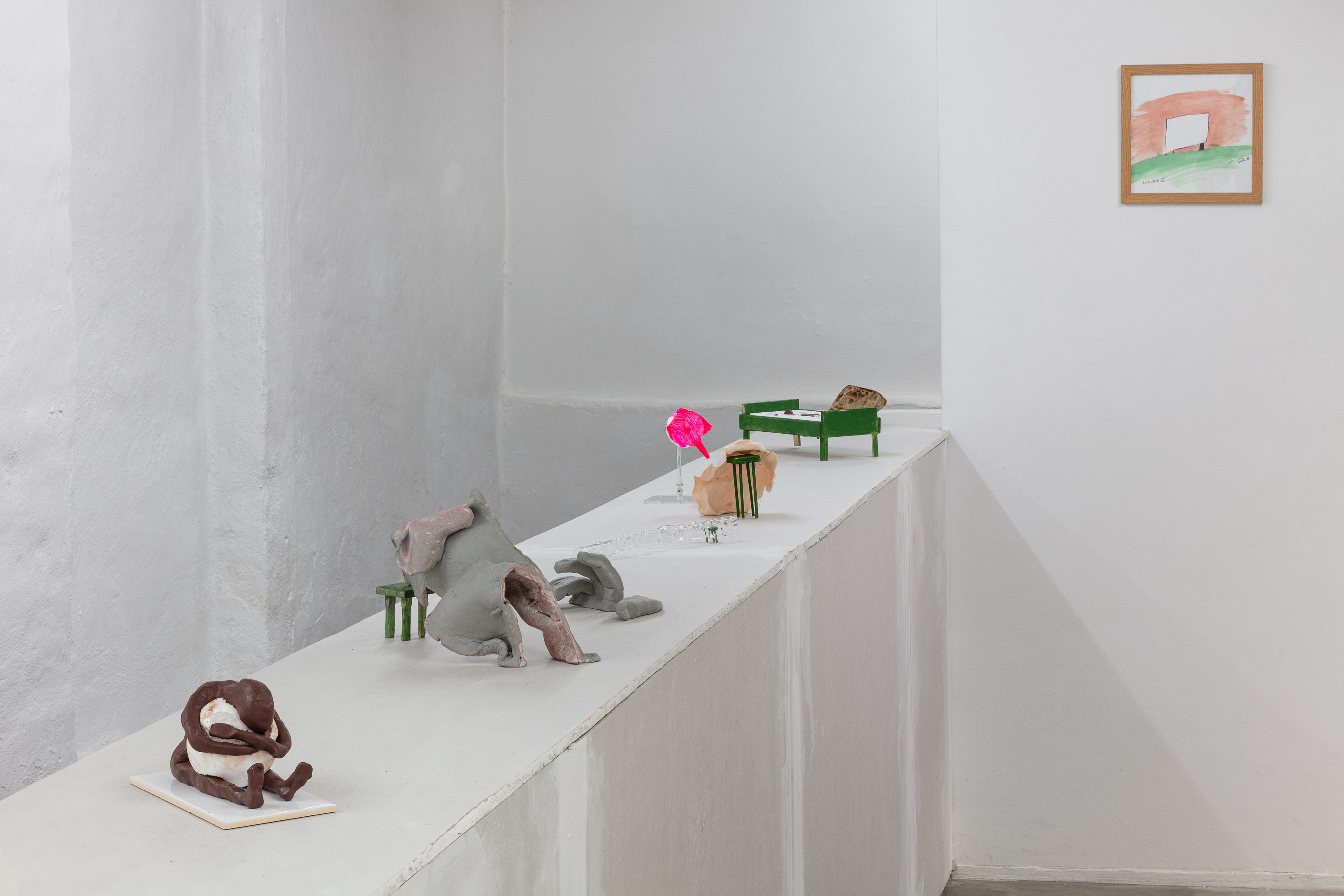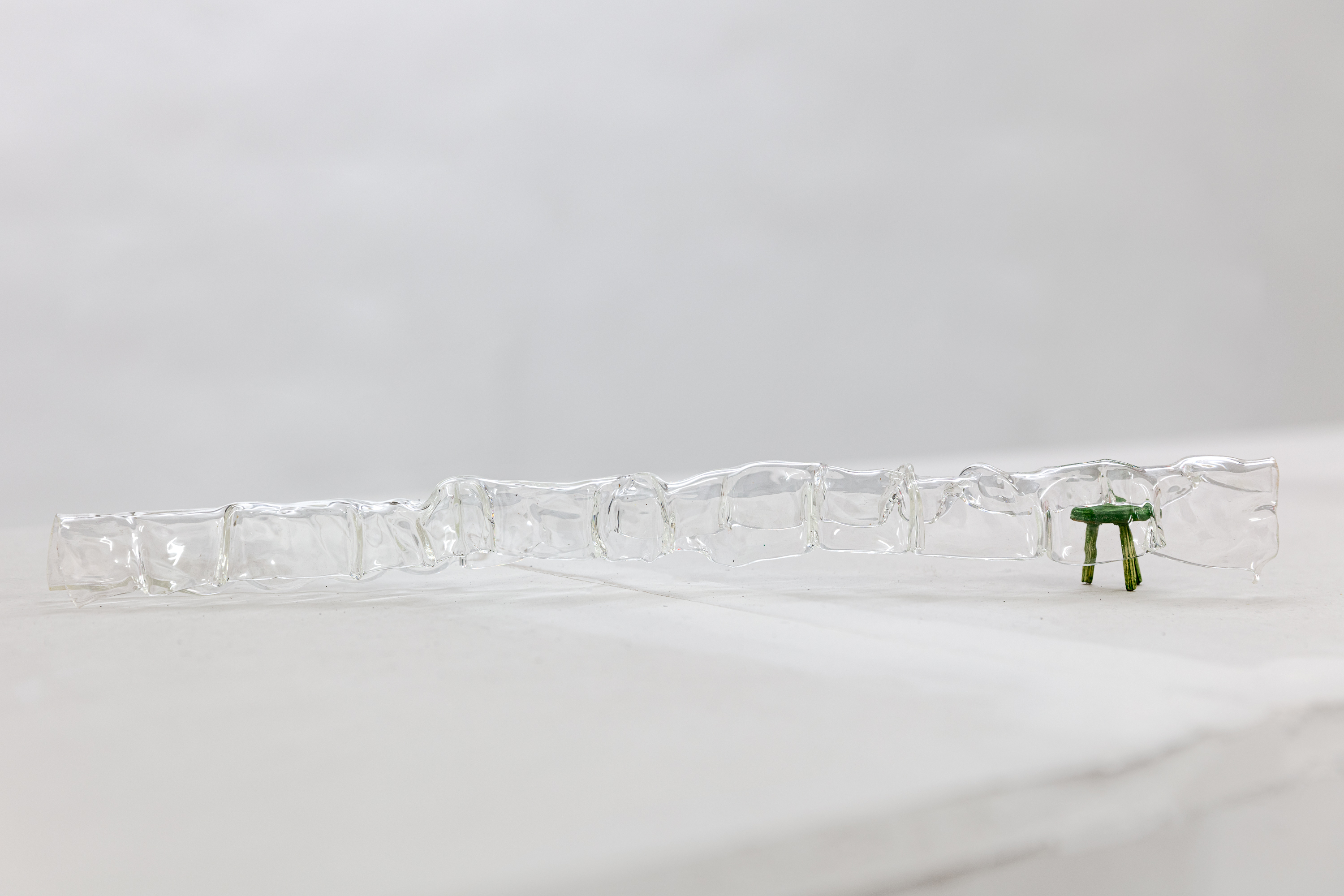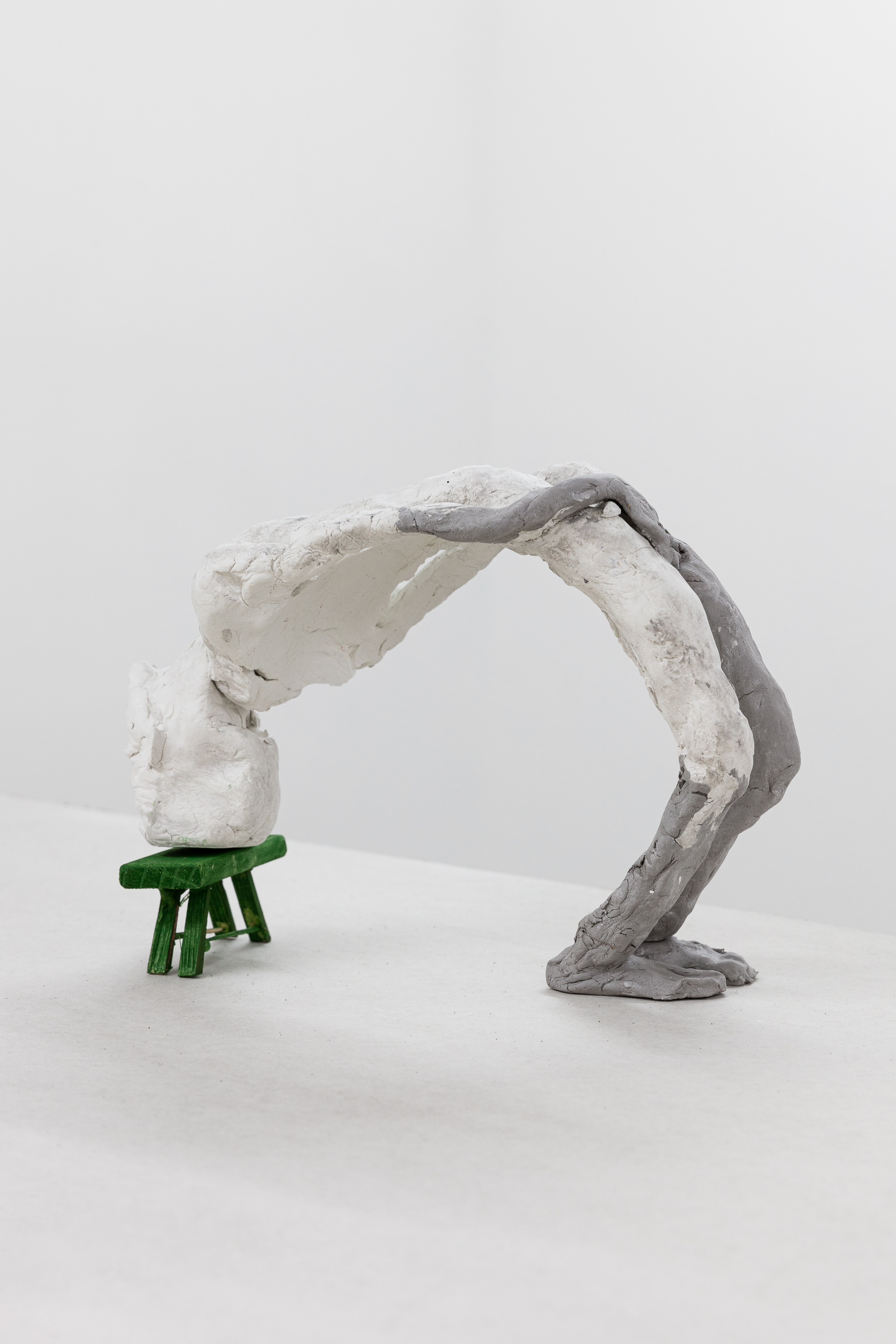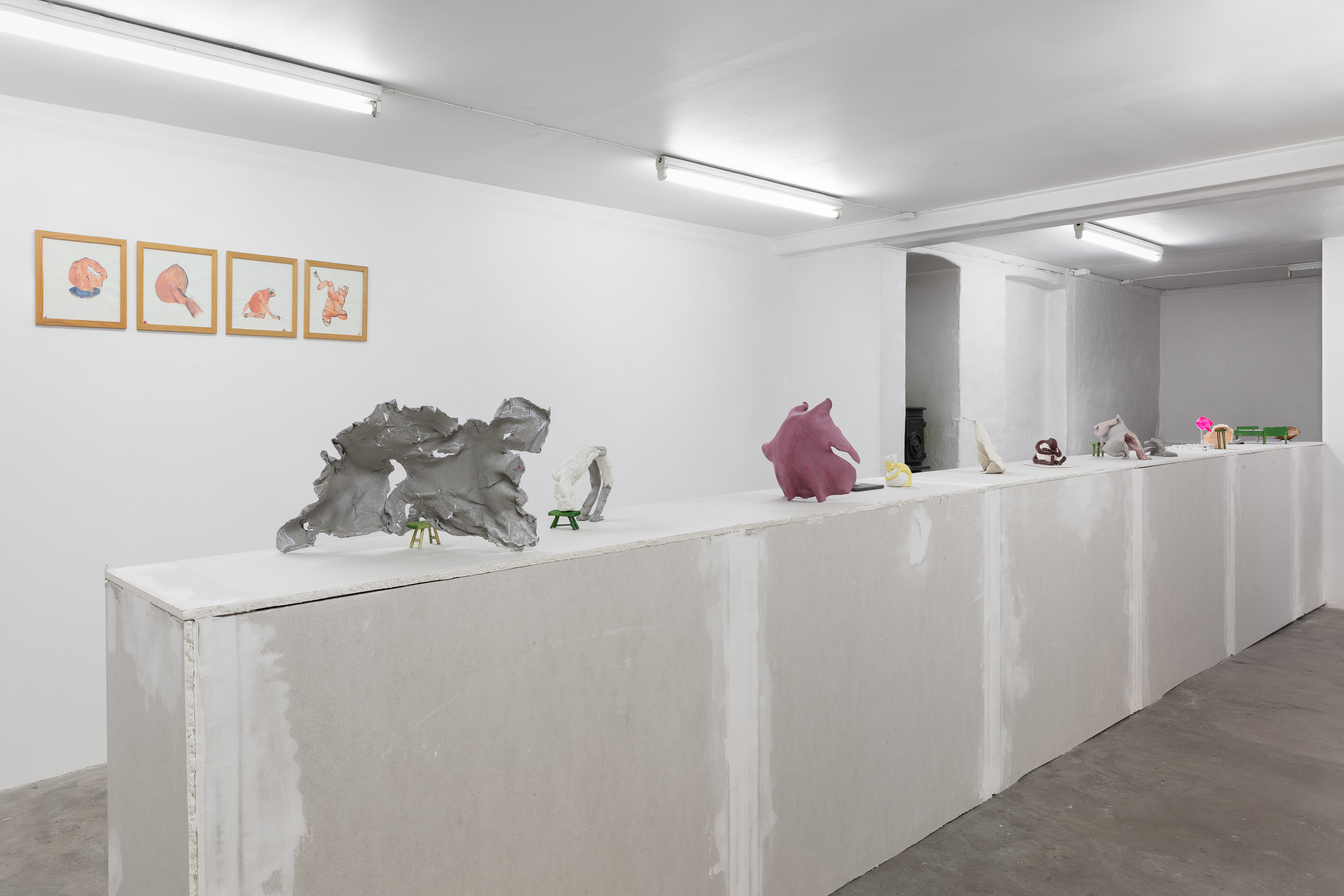A soloshow with recent sculptures
"..Nevertheless, it has become a litmus test for any prestigious institution in Norway if they have exhibited Nicolaysen. If not, they have slept in class." ØSB
"I first try to shape my body. Quite automatically, I base a normative Vitruvian (perfect) sculptural ideal. But it is only when the living material begins to behave disobediently that I am fascinated. The forms are still close to the body, but now abstract and destructive. And I let them be.
But I want the figures to stand. So I build a stool to help the figure. I'm thinking of Reinhardt Mucha, who I was so interested in when I was a student. I must have drawn a hundred mucha themed drawings; a stool that supports a plinth, which is perhaps an object of art? I continue to try out the materials. Can helpless forms save the world?. In the unfinished lies at least the possibility of something true and eternal. Here is my lament.”
-Terje Nicolaisen
_____________________________________
Exerpt from interview in Klassekampen
Nicolaisen belongs to a generation that was influenced by postmodernism and that was concerned not to get stuck in a certain identity or a dogma. Even today, he prefers to move between borders and groups. He thus creates a free space for his own practice. And it is a point for him to choose to work with a medium to which no expectations are attached, either in terms of status or finances.
It is an old notion that the path between spirit and hand in drawing is particularly short, and perhaps that is a good starting point for an artist who is concerned with conveying ideas. Moreover, almost everything we are surrounded by begins as a drawing.
Nicolaysen says he has an ideal that there should be a short distance between body and object. As much as we encounter his art in exhibitions, we encounter it in the form of a self-produced, unique book. He has made over 600 of these, and they often consist of a mixture of originals and photocopies. Holding a book in your hand to look at pictures at arm's length provides an intimate experience and constitutes a unique sphere of communication between artist and viewer. There is also an element of equality, immersion and exchange of ideas between artist and viewer in the encounter above the book page.
For Nicolaysen, it was important to produce meaning and not create goods for sale. The drawing is not the medium that commercial galleries value the most - or the highest - and it is also a medium that, perhaps as much as the gallery wall, works best in more intimate presentations.
Career-wise, one would think it was a bad move. Nevertheless, it has become a litmus test for any prestigious institution in Norway if they have exhibited Nicolaysen. If not, they have slept in class. Terje Nicolaysen has been one of those who have raised drawing to become a prestigious medium among younger artists.
Øyvind Storm Bjercke
